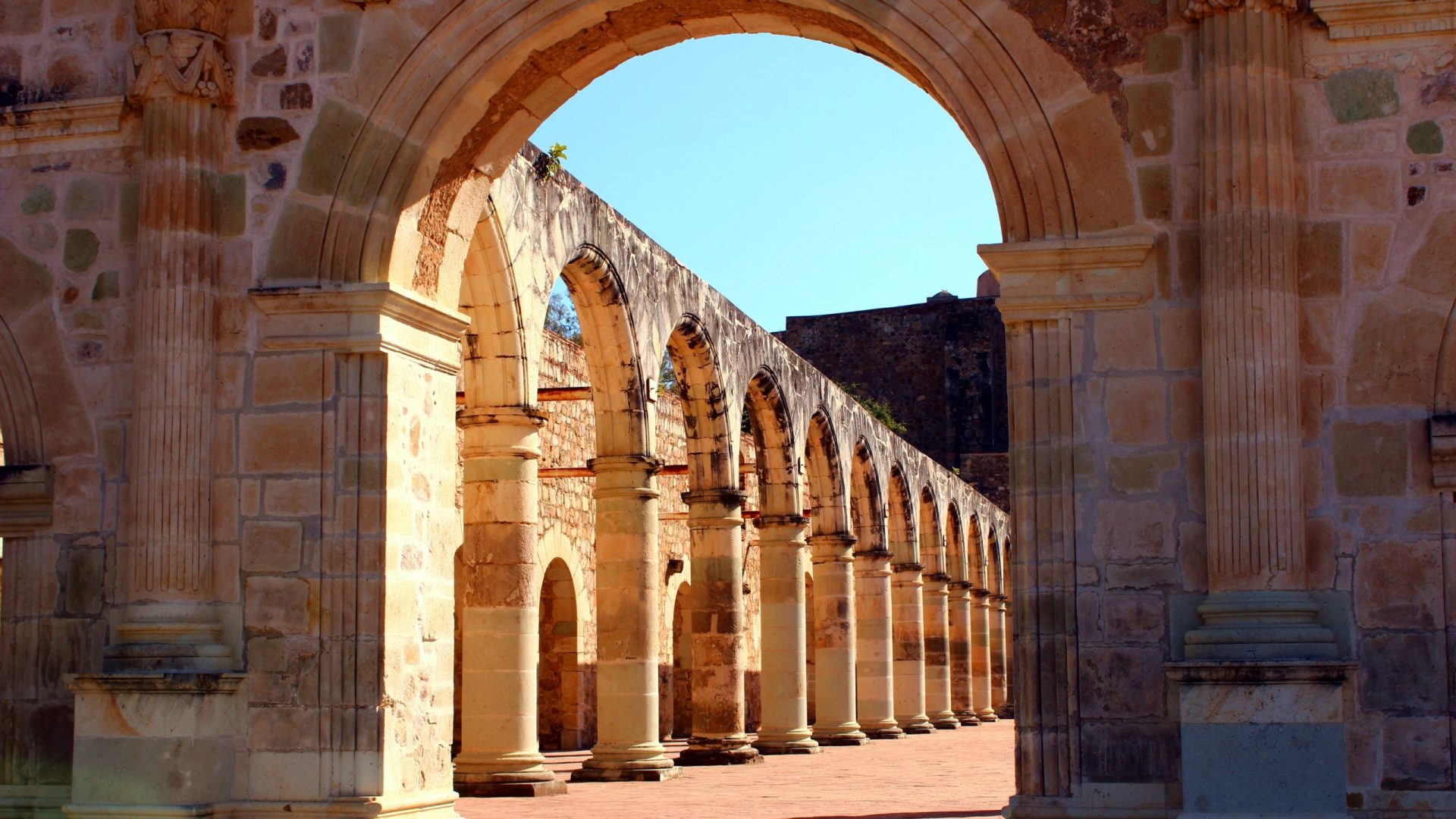
Archeologists have found an underground labyrinth in a church in Oaxaca, Mexico, believed to be from a pre-Aztec civilization. If that doesn’t prove just how cool the ancient history of this region is, what will?


Archeologists have found an underground labyrinth in a church in Oaxaca, Mexico, believed to be from a pre-Aztec civilization. If that doesn’t prove just how cool the ancient history of this region is, what will?
A vast network of pre-colonial underground tunnels, the entrance to which is buried beneath a centuries-old church, might sound like the start of the new Indiana Jones movie. But in this case, it’s exactly what researchers found under the Church of San Pablo in the southern Mexican state of Oaxaca (also known for having some of the best food in the country—and the best mezcal in the world).
But back to the archeology: The labyrinth of tunnels and caverns extends below the ruins of Mitla, the religious center of the Zapotec civilization that held sway in the region until they were conquered by the Aztecs in the 15th century. About a hundred years later, Spanish missionaries in the area used stones from Mitla to build their churches.
Archeologists working on the site think that the Zapotecs believed the tunnels were an entrance to the underworld, which they called Lyobaa, or “place of rest.” The research project, which goes by the same name, involved using several kinds of geo-sensors to detect and begin to make three-dimensional maps of the tunnel.
The findings confirm the local lore and colonial records, which both spoke of a network of passageways and caverns underneath Mitla. In a press release, the researchers cited the 1674 writings of the Dominican father Francisco de Burgoa. He described “a vast subterranean temple consisting of four interconnected chambers, containing the tombs of the high priests and the kings of Teozapotlán. From the last subterranean chamber, a stone door led into a deep cavern extending thirty leagues below ground.”
According to Burgoa, the missionaries sealed all entrances to the labyrinth. Rumors that an entrance was directly below the main altar of the Church of San Pablo persisted until the present day, and ended up being exactly where researchers found a “large void” that they believe could indeed be a blocked entrance.
“The newly discovered chambers and tunnels directly relate to the ancient Zapotec beliefs and concepts of the Underworld,” Marco Vigato, founder of the ARX Project, one of the groups involved in the research, told Live Science. “and confirm the veracity of the colonial accounts that speak of the elaborate rituals and ceremonies conducted at Mitla in subterranean chambers associated with the cult of the dead and the ancestors.”
As of now, there are no plans to reopen and begin exploring the tunnels themselves, although the researchers hope to do so eventually. This fall, they’ll return to the sites to do a similar subterranean survey of other parts of the Mitla ruins.
Layered within the Lyobaa labyrinth are marks of every human civilization in the region dating back at least 25 centuries—from its Zapotec architects to Aztec and Spanish colonization. Today, Mexican archeologists and researchers are trying to glean as much of the story as they can without disturbing the remaining structures.
“These findings will help rewrite the history of the origins of Mitla and its development as an ancient site,” the team wrote in their statement, “as well as providing valuable information for the management and prevention of seismic and geological risk in the area.”
***
Adventure.com strives to be a low-emissions publication, and we are working to reduce our carbon emissions where possible. Emissions generated by the movements of our staff and contributors are carbon offset through our parent company, Intrepid. You can visit our sustainability page and read our Contributor Impact Guidelines for more information. While we take our commitment to people and planet seriously, we acknowledge that we still have plenty of work to do, and we welcome all feedback and suggestions from our readers. You can contact us anytime at hello@adventure.com. Please allow up to one week for a response.

Miyo McGinn is Adventure.com's US National Parks Correspondent and a freelance writer, fact-checker, and editor with bylines in Outside, Grist, and High Country News. When she's not on the road in her campervan, you can find her skiing, hiking, and swimming in the mountains and ocean near her home in Seattle, Washington.






Can't find what you're looking for? Try using these tags: